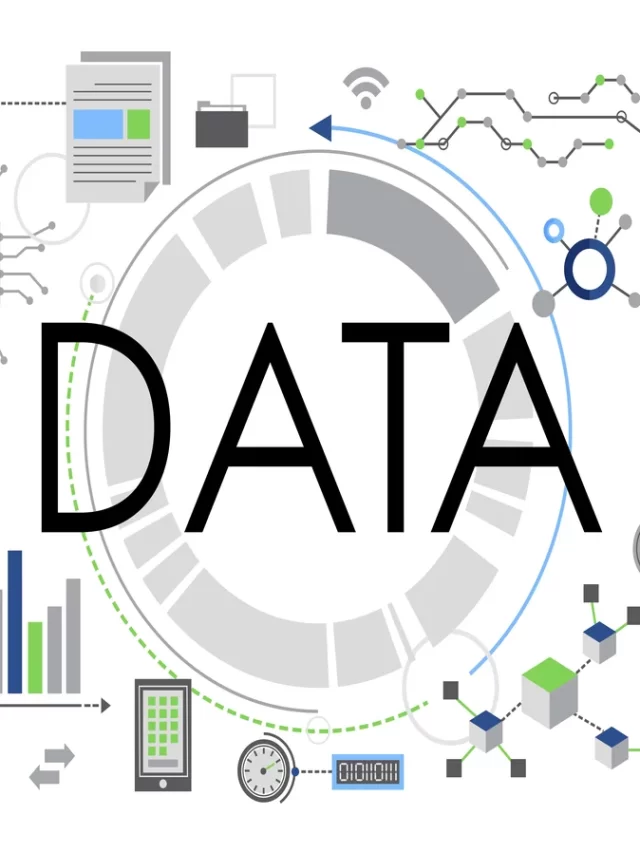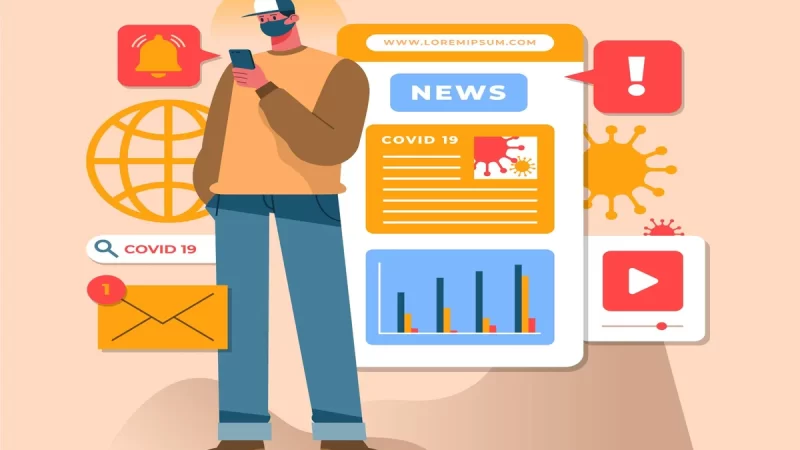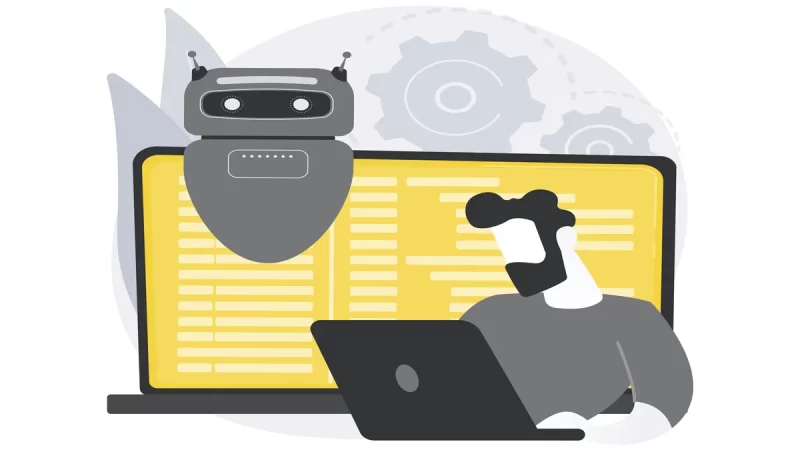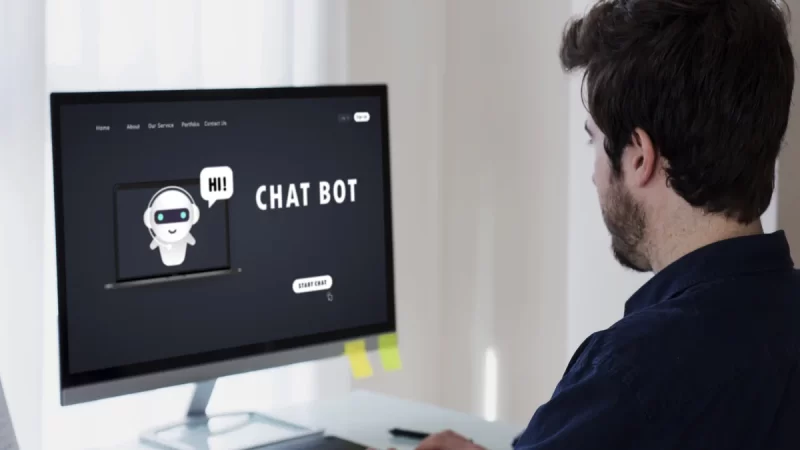Google Bard’s Latest Update Augments YouTube Video Comprehension

Google Bard, the innovative AI platform developed by Google, has recently undergone a significant update that promises to revolutionize the way users comprehend and engage with YouTube videos. This latest enhancement integrates advanced algorithms and machine learning capabilities to provide users with an enriched viewing experience, emphasizing comprehension and interaction.
Key Features of the Update:
- Enhanced Contextual Understanding: Google Bard now employs an upgraded contextual understanding mechanism. It analyzes video content in-depth, grasping nuanced contexts, references, and subtleties to provide more accurate and meaningful insights to users.
- Real-time Subtitle Augmentation: The update introduces real-time augmentation of subtitles. Bard’s AI algorithms dynamically generate and adapt subtitles, not only translating languages but also providing contextualized explanations and additional information to aid comprehension.
- Interactive Annotations: Leveraging natural language processing (NLP), Bard inserts interactive annotations within videos. These annotations offer expanded explanations, references, and even supplementary material, enriching the content and providing a deeper understanding for viewers.
- Visual Recognition Integration: By integrating visual recognition technology, Bard can identify and provide information about elements within the video frame. This includes recognizing objects, locations, or even historical references, offering users instant access to relevant knowledge.
Benefits and Implications of Video Comprehension:
- Enhanced Accessibility: This update significantly benefits users with disabilities, providing comprehensive and dynamic content adaptations for improved accessibility, including those who rely on visual or auditory aids.
- Deeper Understanding: By augmenting subtitles and integrating contextual explanations, Bard enables users to delve deeper into complex topics or cultural references, fostering a more comprehensive understanding of the content.
- Expanded Learning Opportunities: The interactive annotations and supplementary material open doors for expanded learning. Users can explore related topics or references within the video without leaving the platform, promoting continuous learning.
User Experience and Interface:
Google Bard’s user interface remains intuitive, with subtle enhancements to accommodate the new features. Users will experience a more interactive interface where contextual annotations and visual recognition elements seamlessly integrate into the video playback.
Upon accessing a video, viewers can choose to enable the augmented features. The real-time augmentation of subtitles and the display of interactive annotations can be controlled through simple settings, ensuring users have the autonomy to personalize their viewing experience.
The Future of Video Comprehension:
This update signifies a pivotal step in the evolution of AI-driven video comprehension. Google Bard’s integration of sophisticated algorithms and technologies sets a precedent for future advancements in video understanding, hinting at a future where content consumption becomes a more enriching and interactive experience.
As AI continues to evolve, the potential applications of such technology expand beyond YouTube videos. Similar developments could revolutionize educational platforms, news media, and entertainment, fundamentally transforming how individuals engage with digital content.
Key Takeaways
Google Bard’s latest update represents a significant leap forward in video comprehension technology. By harnessing AI capabilities to augment YouTube video comprehension, this update promises a more inclusive, informative, and engaging experience for users. The integration of real-time subtitle augmentation, interactive annotations, and visual recognition showcases the potential of AI in enhancing content consumption. As Google Bard continues to evolve, it paves the way for a future where AI-driven enhancements redefine how we interact with digital media.
FAQs:
Google Bard’s latest update focuses on enhancing YouTube video comprehension through advanced AI algorithms. It introduces features like real-time subtitle augmentation, interactive annotations, and visual recognition to enrich the viewing experience.
The update improves comprehension by dynamically generating subtitles, providing contextualized explanations, and inserting interactive annotations within videos. This assists users in understanding nuanced contexts and references.
Users will benefit from enhanced accessibility, deeper understanding of video content, and expanded learning opportunities. The features cater to users with disabilities, offer deeper insights into complex topics, and facilitate continuous learning through supplementary material.
Yes, users have control over the augmented features. They can enable or disable real-time subtitle augmentation and interactive annotations through simple settings, ensuring a personalized viewing experience.
While there are subtle enhancements to accommodate the new features, the user interface remains intuitive. The additions seamlessly integrate into the video playback, providing a more interactive experience without drastically altering the interface.







